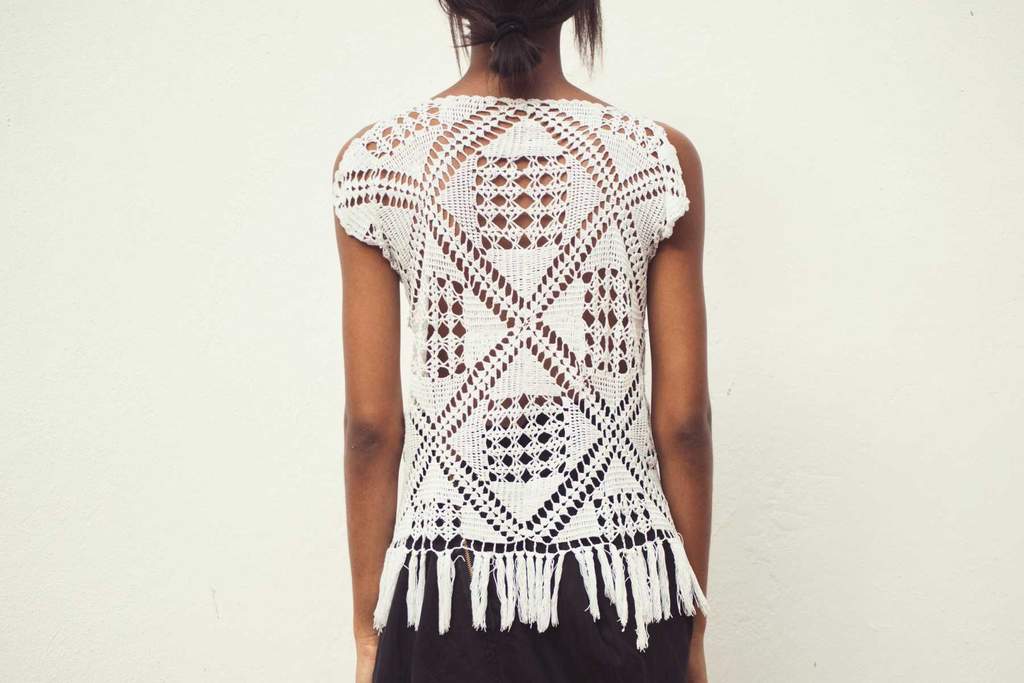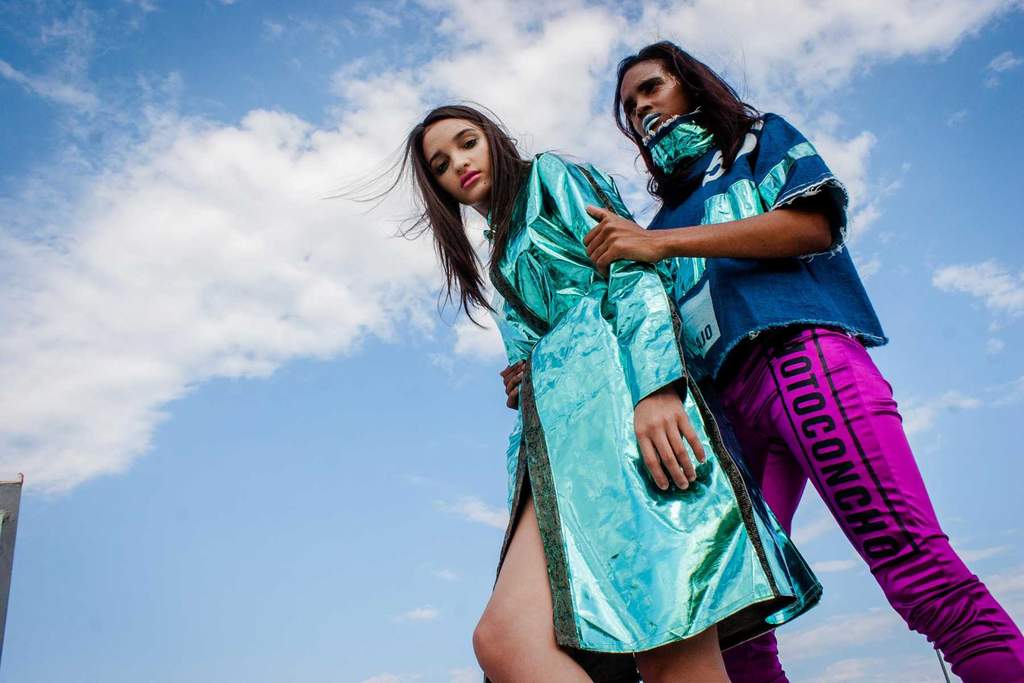
Jose Duran is a designer I looked up to when I was living in Santo Domingo and today I am happy to say that I can call him a friend and mentor. We first met at an educational presentation organized by him, about consumer behavior and sustainability. I decided to create a digital retrospective of some of his looks paired up with an interview to better understand his process and showcase his talent.
How would you describe your creative process?
My creative process starts with inspiration, but first, I have to put my mind into it, because I learned how to turn it off and on. It sounds weird, but I had to learn because I would be thinking about making a dress all day, every day. Life is not only about being an artist. There are also more things to enjoy and feel. So, my creative process starts with a future presentation or collection in mind. I choose a topic that relates to me or my past experiences and I begin reading and researching. This usually puts me on a different path from the original topic that I had in mind. After the inspiration is chosen, I image-search as much as I can, using books, taking pictures, and searching on the Internet. Later, come the textiles and colors, and drawing comes at the end. After getting the material, I start having a conversation with the textiles, and this is where draping takes place. Touching and folding the materials is where the magic happens. I feel where they want to go and what they want to do. I let them do their job, while I just follow their instructions.
Would you say that your work is conceptual?
Of course it is. Every piece I created is part of a story. Most of the collections I presented have a story of struggle that I want the viewers to grasp. I want them to know a part of history that maybe they never knew existed. Fashion is a way for me to communicate with people.


Are you still interested in working in fashion? I remember you telling me you wanted to move into the art realm.
I am very much interested in creating a balance between fashion, art, and technology. I am certain that this is a new way of creating fashion at the moment.
When did you decide fashion was going to be the medium to express your ideas?
While growing up in my hometown Moca, Dominican Republic, I was not surrounded by art. The closest I got to it was by spending hours at my mother’s beauty salon and working with my father in our mechanic’s garage. Fashion was the only way for me to express myself. I’ve always liked dressing differently, and fashion was the only way I could communicate my art sensibility.
What do you think about the democratization of fashion?
Democratization of fashion has not helped our environment as people are buying too many clothes. Everyone wants to look like their favorite celebrity and this has brought the fashion industry to be the second most polluting industry. This has hurt the industry and has hurt young creatives. It is impossible to compete with big brands and corporations.
What was your first show or presentation like?
My first presentation was in 2006. It was in Chelsea at an Art Gallery called Rush Arts. I did a collaboration with amazing artists friends Kehinde Willey, Mickalene Thomas, Shanique Smith, and David Cruz. An outfit was given to them to create anything they wanted and photograph what they had done. The photos were printed and placed in the gallery, and the outfits were on mannequin forms around the space. It was a great experience.
What are the garments that you believe define Jose Duran?
My draped garments are very special for me and the structured jackets, but the most important is how people feel when wearing Jose Duran.


How have your studies in Taiwan influenced you?
Taiwan! Taiwan was amazing. I spent 3 years learning Mandarin and doing a Master’s Degree in International Business (IMBA). My first year of Mandarin was very intense but amazing at the same time as I had to learn how to write, read, and speak a new language in a short period of time.
At the moment, Chinese consumers are the biggest investors of fashion. Their buying power cannot compare to any other nation. I wanted to learn about their culture and their consumer behavior to be able to target them as consumers. This goes for the whole Asian market though. During the course of my degree, I gained superior knowledge of fair trade, while focusing on informative and innovative management techniques for foreign enterprises in the fashion industry. I’ve organized a mock Artificial Intelligence Design Program that taught me about how Artificial Intelligence impacts the fashion industry and how it will change the way that the industry operates.


Tell us about your trips to Africa and the collaborations you have done with artists.
My trip to Africa! It was one of the most amazing experiences of my life. I went to be part of the BLACK ROCK artist residency. There, I was able to create and design textiles and sculptures. I am a designer, a businessman, but I also consider myself an artist.

How important is Dominican culture in your work and are there specific examples that come to mind?
Dominican Republic has always inspired me to create my work, but what inspires me most are the people. I would love to grab more inspiration to create my work from Dominican culture, but our history has taken so much from us. We are a mixture of races and the African race is the most prominent. When we embrace it, Dominicans will have more to offer to the art world. My recent trip to Dakar, Senegal was for this purpose. I want to create art for the future generation of Dominican artists, to maybe influence them with the merge of African and Taino art. There is nothing that is “real” Dominican anymore. The garments I could get inspired by, and everything we have was taken from other cultures. For example “Chakavana”, is a staple garment in the Dominican Republic, but its origins are actually from the Philippines. I have to create a new aesthetic of what a Dominican designer is and create my own voice.
To end I want to ask you, what are your general thoughts on the fashion industry today?
The fashion industry has gotten too big in recent years. It’s all over the place. It is not special anymore, but we need to find a way to make a difference and make it special again.
Feel free to visit Jose’s Website and Instagram
